Content:
Nature has taken special care of the bee world. Throughout the entire period of evolution, harmony of behavior and functionality of each individual was created. In the hive, each insect performs its own task, which Mother Nature has set for him. Both worker bees and drones perform a function necessary for family life. This community is headed by the queen bee - the queen. Her duties include keeping the family together and taking care of the offspring.
Who is the queen bee
In the bee family, there are both female and male individuals. The queen and all worker bees belong to the female sex, the male gender consists of some drones. Those insects that carry out the work of collecting honey, raising offspring and other functions cannot continue the bee genus, since the reproductive system in their body is undeveloped.
At the same time, the uterus is endowed with a reproductive system, but, in turn, it cannot independently obtain its own food and secrete wax. Nature has entrusted her with the task of laying eggs. In all twenty-four hours, one queen can lay from one and a half to two thousand eggs.
The worker bees keep a close eye on how the queen is worming. If they are not satisfied with her work, then they begin to build special bowls, larger than for the working bee, and bring out a new queen. In this case, there are two ways to change the uterus. The first is a quiet shift. In this case, the queen cell is built up in the center of the frame, and there are only two such bowls. If a large number of queen cells are built around the edges of the frames, then in this case it is urgent to take action, since the family is set up to swarm. What does a queen bee look like and how can you find it?
The new uterus is hatched within sixteen days from the moment the fertilized egg is laid. The appearance of the queen is significantly different from the working insect. The mass of an unfertile individual can be up to two hundred and twenty milligrams, at the same time the fruitful one weighs about three hundred and twenty-five milligrams. In length, the queen grows to twenty-five millimeters. If you look at its abdomen more closely, you can see that it resembles a torpedo and has a long, slightly pointed shape.
The reigning bee, which is unable to bear offspring, moves very quickly and cannot be noticed. There are times that she simply flies out of the nest when examined. The fruitful queen, due to the weight of her body, moves more slowly, carrying her weight. There is always a retinue of bees around her, which does not stop caring for her. If you look more closely, then the workers always take their mistress into the circle, while their heads are directed to the reigning person.
To determine the age of the main insect in bee nurseries, it is customary to put a mark on it with a certain color. The color scheme of the tags depends on the last digit of the year in which the insect was tagged. It looks like this:
- blue represents numbers 0 or 5;
- white - 1 or 6;
- yellow - 2 or 7;
- red - 3 or 8;
- green - 4 or 9.
For example, the mark was placed in the year two thousand. Since the last digit is zero, then, in accordance with the color scheme, the uterus should be marked in blue.
To find the queen, you must first examine those frames where there are one-day larvae. Most often, it is located near these cells. Be sure to hold the frame over the hive; in case of a large accumulation of insects, it is recommended to lightly blow on them with a smoker. Then the cluster will dissolve and you can continue your search.
A queen bee, unlike a worker bee, can live from three to four years. But this is possible if she is fruitful and lays many eggs. If it does not satisfy the bee colony, it can be replaced in two years, or even in a year.
How to find the queen
You can distinguish a queen from a working bee by the marks. But this is on condition that the family was bought in a nursery. What should a novice beekeeper do at home? How can he find the queen in the hive? To do this, you need to know some features of the insect:
- Appearance:
- The queen is the largest bee in the hive in size, but should not be confused with the drone. In the queen bee, the abdomen is much longer and narrower, in the drone it is thick and short.
- You need to carefully look at the end of the abdomen, in the area of the sting. In the queen, this part has a pointed shape, while in the worker bee it is slightly blunt.
- If we look at the bees from above, then their legs are practically invisible, since they are all located directly under the insect. The queen's legs are spread out on the sides, and they are clearly visible.
- If there are bees in the hive that are very similar to the reigning person, and the beekeeper has doubts about where the real queen bee is, then it is enough to gently lift the insect by the thoracic region and examine its sting under a magnifying glass. This part of the bee's body has serrations. The queen has it smooth.
- Location:
- In order to find the uterus, you need to carefully examine each frame and find a larva on it. It is very similar to a folded caterpillar and is located in the honeycomb cell. The uterus can be located in this place, since only she is engaged in laying eggs.
- Since the monarch bee does not leave the hive and does not move around the edges of the frames, you can find her in the center, provided that the hive is horizontal. Vertical - it can be found on the lower frames.
- The atmosphere in the hive should be closely monitored. With the active movement of the colony and the unexpected appearance of larvae, one can safely judge that the queen bee is nearby.
- Bee behavior:
- You should carefully monitor the movement of the bee colony, if the workers and drones part in front of one bee, then return to their original place. This behavior is characteristic of bees in the case of the movement of the monarch.
- The uterus in the hive does nothing other than laying eggs. She doesn't even feed on her own. Therefore, if such an insect comes into view, then it is most likely the object of the beekeeper's search.
- If the beekeeper notices that the bees are approaching one individual and feeding it, then this is more likely still the queen bee.
If the object of the search is found, then it is better to mark it for the future. To do this, it is best to use the above range of colors. The insect must be carefully picked up, while trying not to injure. During marking, the queen should be held above the hive so that she does not accidentally fall into the grass or on the beekeeper's things. Thus, you can provoke an attack of workers who will defend their queen.
In the thoracic region, a dot is put between the wings. But they apply it carefully and in a small amount, otherwise the dried paint will hinder its movements. Sometimes beekeepers practice tagging the queen bee by cutting off the tips of the wings.
Role of the uterus in the family
Besides the fact that the queen bee in the hive performs the most important function of reproduction, it also secretes a special substance that is used by other individuals to designate the bee community. That is, all bees in a given colony have the same smell. Thanks to this, they can easily identify strangers and can defend their honey from theft.
In addition, bees smell in the hive all the time. If the uterus is removed, then this smell is reduced, and the insects begin to show great concern. First of all, they begin to hum strongly and accumulate on the front wall of the hive near the entrance. Only the presence of queen cells can calm you down. In this case, the family will bring up a new queen.
If there is no queen cell, then in this case the bees turn into drone bees and soon die. Despite the fact that the bees do all the work in the family, they cannot exist without the queen bee.
Conclusion of queen bees
The queen bee is also determined by the larva. It is at this moment that they begin to feed her with special royal jelly, which is secreted by workers. These larvae grow and develop in a special cell, which is much larger than the usual honeycomb and is located in an upright position. Thus, the uterus develops in a head down position.
Such a larva develops for sixteen days, and when it begins to gnaw the lid of its mink, it emits a characteristic sound that notifies the family of the birth of the queen. In musical circles, this sound is evaluated as the key of G-sharp. After young queens are born, the workers leave several individuals alive at once in case the first one cannot find a mate for fertilization or dies during the mating season.
The old queen, which is no longer able to lay eggs, leaves the hive. In addition, drones also die after the mating season.
Queen Karnika in a family of other breeds
Beginners are interested in knowing how to plant a Karnika queen in other bee breeds in order to breed a new brood. When placing the Apis queen bee in other families, it should be remembered that insects will aggressively perceive a stranger in their family. Therefore, you need to follow all the rules for planting in order for the process to be successful.
Planting is best done in late spring, early summer. It is then that the bulk of the bees is sent to honey collection. But sometimes you have to do this even at a time when there is no honey collection. For example, if the replacement of the queen bee is needed in August, what should be done in this case? How to plant a uterus in a hive:
- First you need to feed the family with sugar syrup. This will significantly reduce the aggressiveness of the insects.
- For the process of replanting the uterus, a family that has just begun its development is suitable.
It should be taken into account that insects are more loyal to fetal bees than to infertile ones.
There are three methods of replanting a uterus in a family:
- notch;
- artificial mother liquor;
- cage.
Half an hour before replanting the queen bee in the hive, cotton wool soaked in alcohol is placed on the frames. After the specified time has elapsed, the uterus in a mesh cage is placed on a frame with cotton wool. Bees, breathing in vapors, will not meet the queen aggressively.
The second method with an artificial mother liquor was considered the most effective. The mother liquor can be bought or made by yourself. The implantation of a new uterus should be done two hours after the old one has disappeared. Thus, the workers will feel the absence of a monarch.
Through the entrance, the queen is planted only when there are more young bees in the family than old ones, and honey collection is in full swing.
Artificial uterine fertilization
Artificial insemination of the uterus is done in two ways:
- Instrumental;
- Manual.
The selection of the uterus is carried out when she is preparing to fly out of the hive. During this period, a special box is attached to the tap hole. In this peculiar corridor, holes have been made through which toiling bees can freely fly out in search of honey. The uterus is retained by a lattice. That's when she is taken away for insemination.
For instrumental insemination, the uterus is fixed with its abdomen to the top, and the sting hole is opened with special tweezers, and drone sperm is injected with a syringe. A similar fertilization is done for three days. Unfortunately, this method is not popular because the uterus is partially fertilized.
It is best to use the manual method. This process occurs in the same way as in natural mating, bringing the drone's abdomen closer to the sting of the uterus.
What to do if there is no uterus
There is no queen in the hive, what should I do? This question is of interest to novice beekeepers.
In most cases, the family is left without a uterus if it does not return home during the period of mating. The reasons can be different:
- Damage to the wings;
- Mistakenly entered the wrong hive and died;
- Flew away with an oncoming swarm.
Queenless families are identified by their behavior. The bees run chaotically along the walls and hide from the smoke between the combs. So how do you fix the situation?
If the queen has been lost recently, but there is a queen bee in the hive, then the problem will soon be solved by itself.
If there is no sowing or mother liquor, you need to look for the queen by examining all the frames.
The queen was found, but the absence of sowing indicates that she has not yet had time to seed. If the queen bee is not found, then a frame with one day sowing must be taken from another hive. In this case, the bees will raise their own queen. Or put a frame with a ready-made mother liquor and wait for a royal individual to hatch from it.
Beekeeping is an amazing activity, but it takes a lot of effort and attention. In order for order to reign in the bee family, you need to monitor the presence of the queen in the family. Otherwise, the situation needs to be urgently corrected in order to prevent the death of the workers.


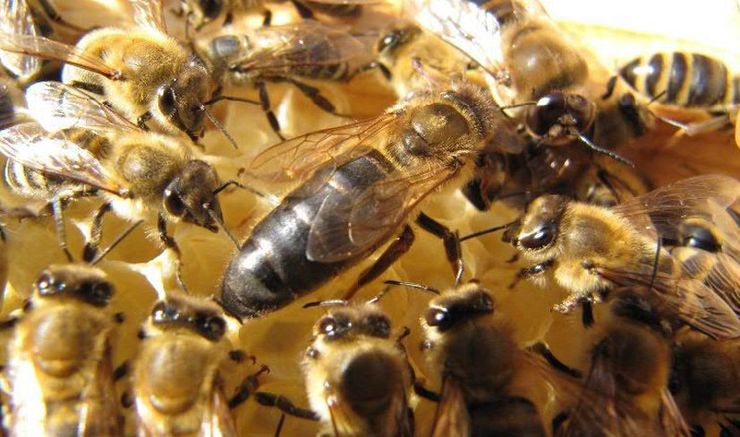
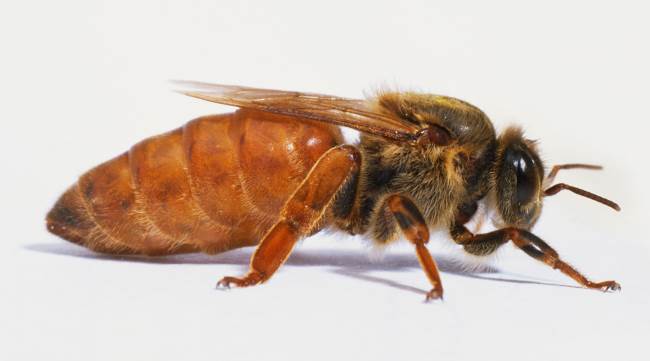
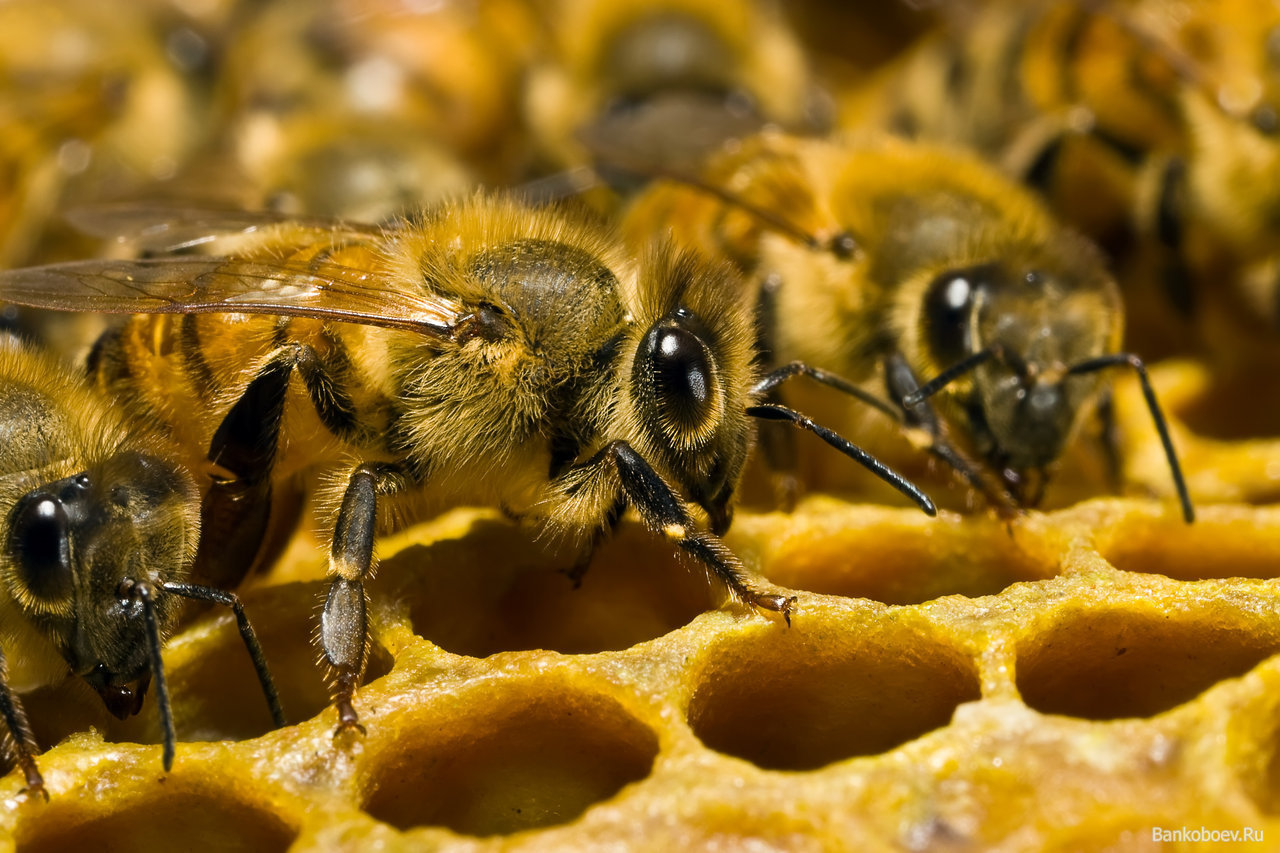
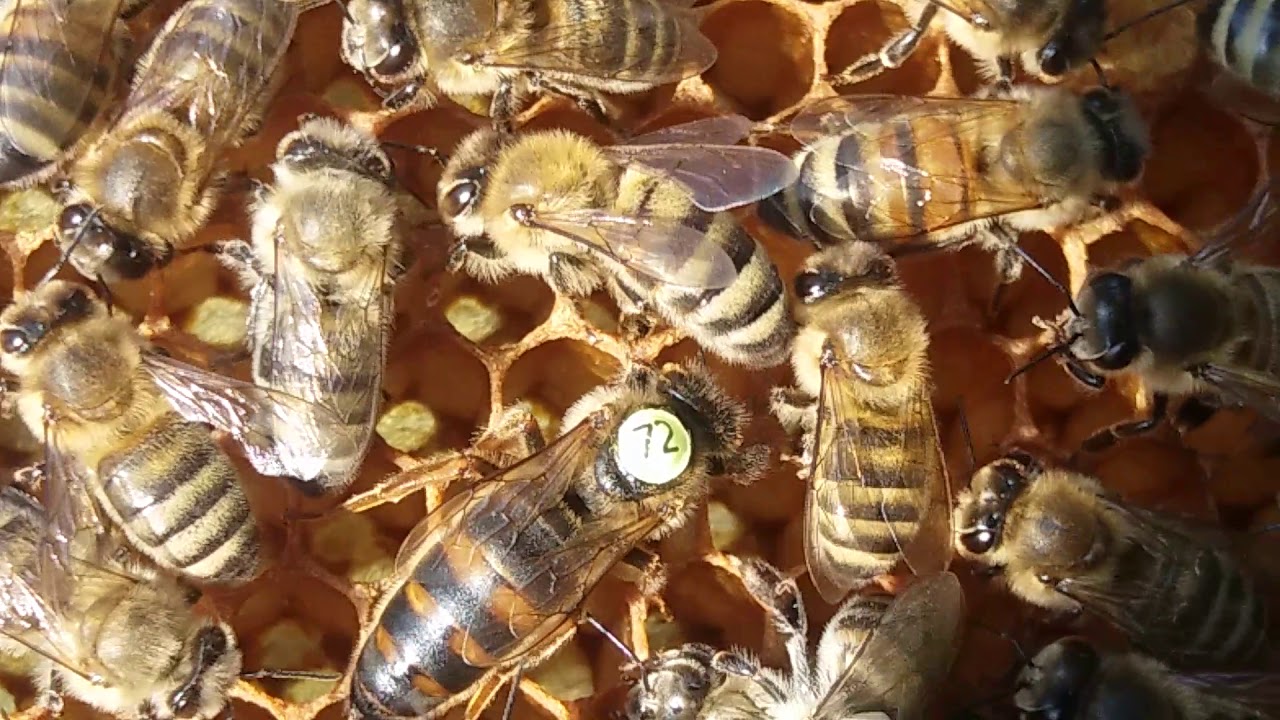
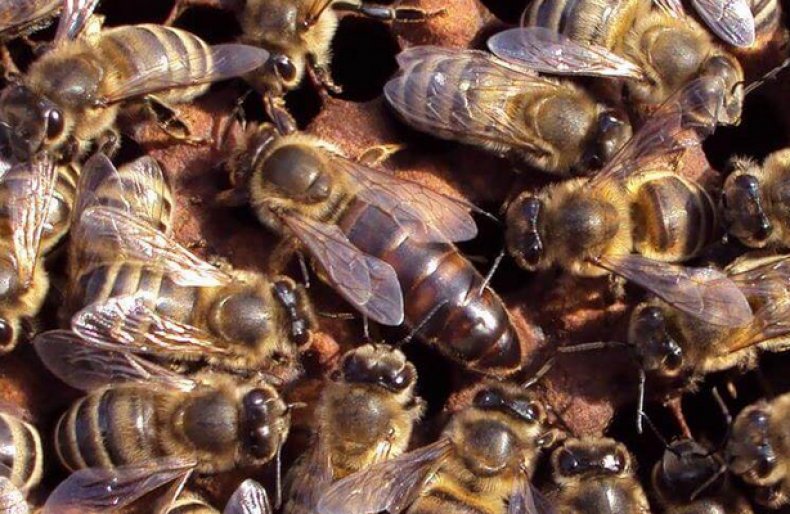
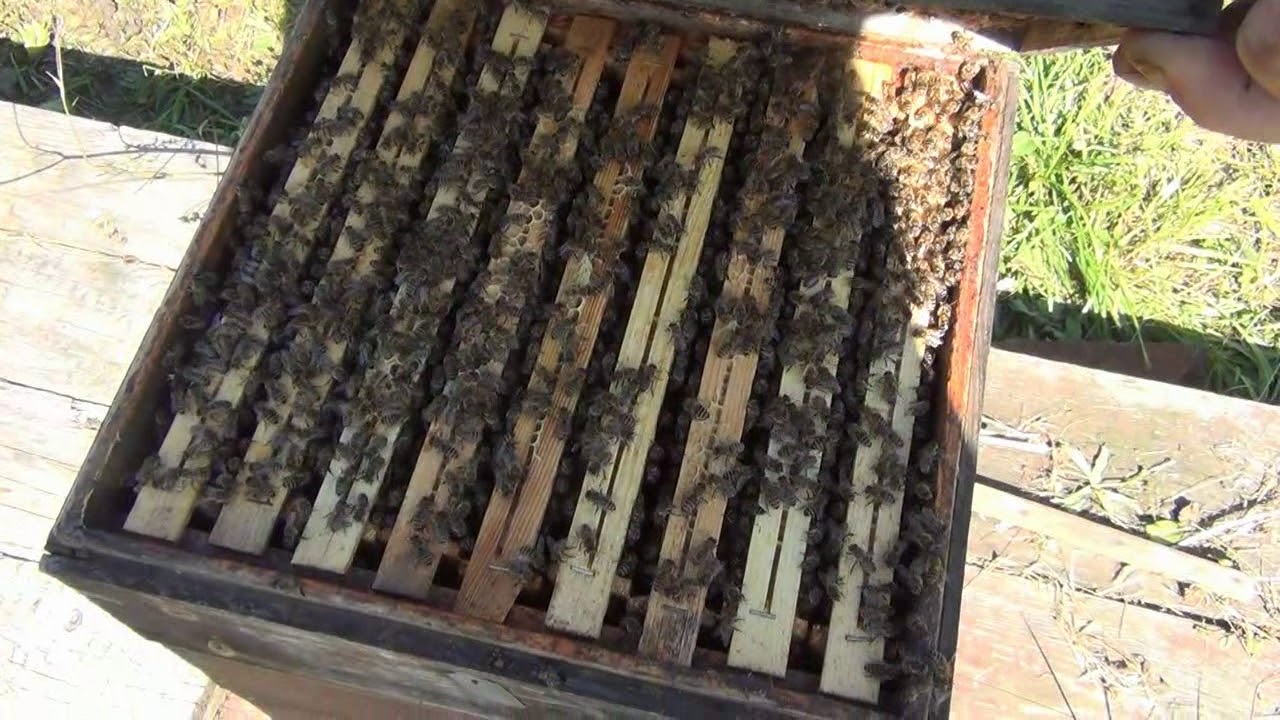
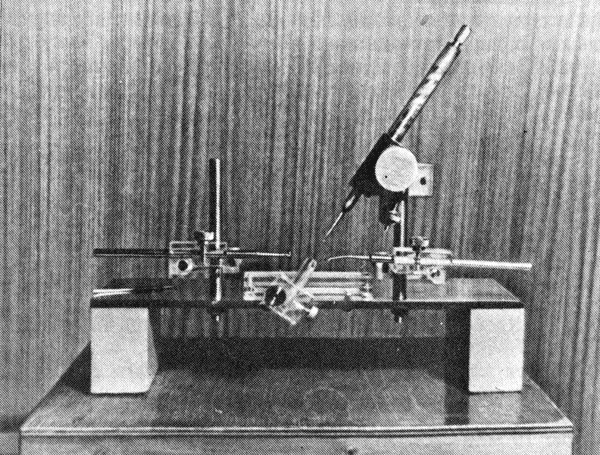
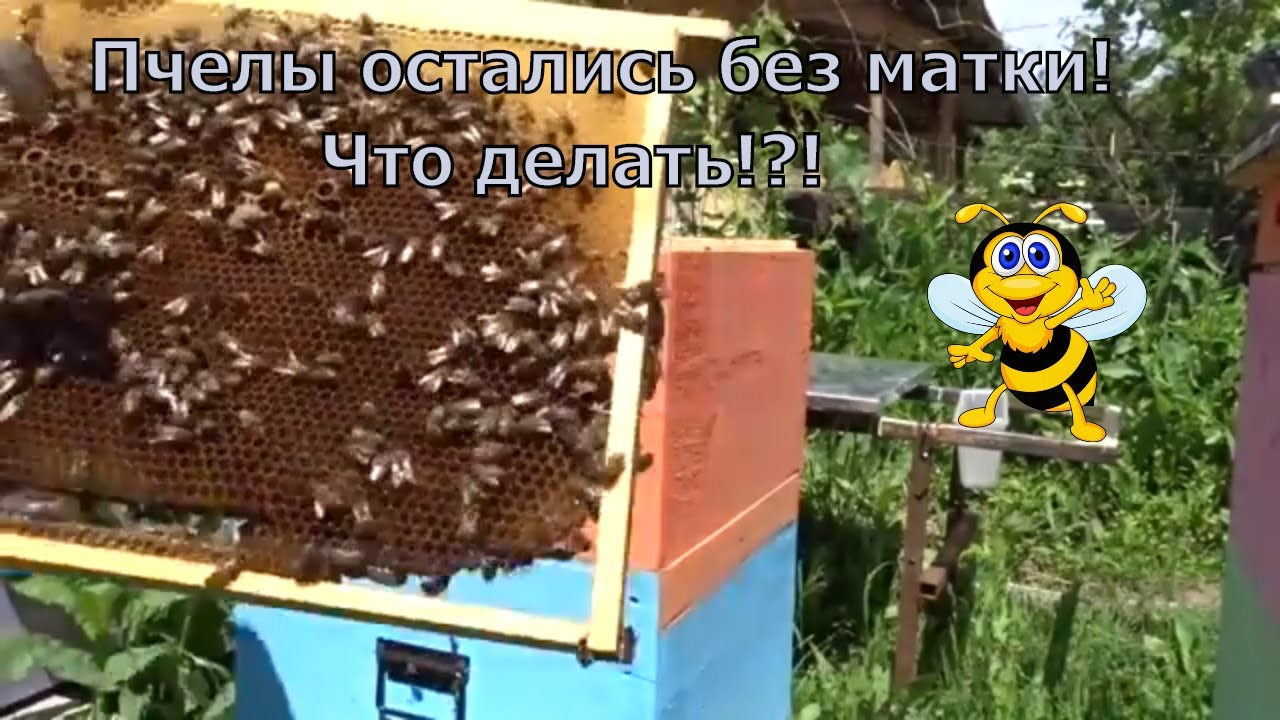
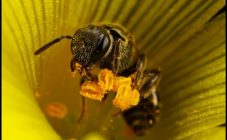
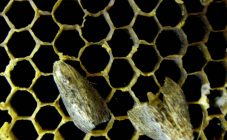
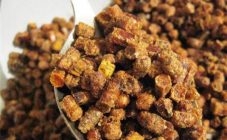

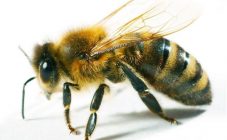
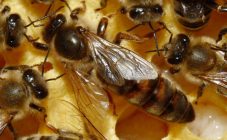







“Her responsibilities include keeping the family together and taking care of the offspring.”
How does the uterus take care of the offspring?
"At the same time, the uterus is endowed with a reproductive system."
What kind of system does it look like?
"The queen bee in the hive performs the most important reproduction function"
There is no queen bee, there is a queen of the bee colony.
The uterus does not perform the function of reproduction, it only lays eggs. The bee colony reproduces by swarming.